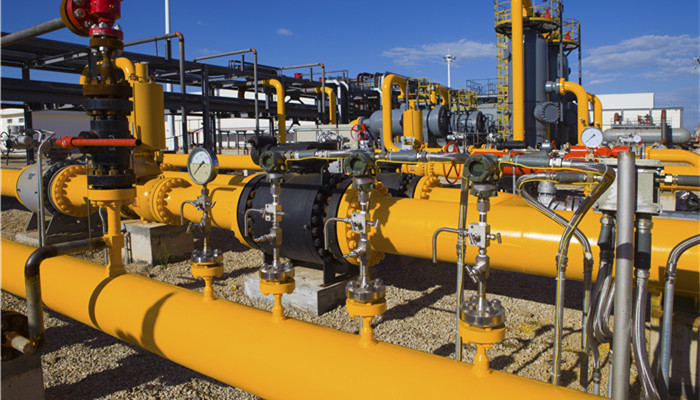
my country’s ABS resin market is in short supply and highly dependent on imports
ABS resin is a thermoplastic polymer material, which is an acrylonitrile-butadiene-styrene copolymer. ABS resin appears as a slightly yellow solid and can be dissolved in organic solvents to a certain extent. ABS resin has the advantages of good toughness, easy processing, high strength, high heat resistance, and flame retardancy. It is currently the polymer with the largest production volume and the most widely used in the world.
ABS resin production processes include continuous bulk method and emulsion grafting method. The continuous bulk method requires dissolving rubber and styrene, then adding acrylonitrile and ethylbenzene in sequence, and making ABS resin through continuous bulk polymerization. Products prepared using this method have disadvantages in terms of gloss expression and impact resistance. . The emulsion grafting blending method emulsively grafts and copolymerizes part of the styrene monomer, acrylonitrile and polybutadiene latex, copolymerizes another part of the raw materials to form SAN, and finally blends the two in different proportions to make ABS resin. This method is currently the mainstream preparation process of ABS resin manufacturers in my country.
Styrene, acrylonitrile and butadiene are the main raw materials of ABS resin. Driven by market demand, my country’s ABS resin raw material production capacity has rapidly expanded, and output has continued to grow. my country’s styrene production will reach 13.467 million tons in 2021, a year-on-year increase of 51.2%; my country’s acrylonitrile production will reach 2.756 million tons in 2021, a year-on-year increase of 17.9%. Benefiting from the sufficient supply of raw materials, my country’s ABS resin industry has developed rapidly. According to the “2022-2027 ABS resin industry in-depth analysis and “14th Five-Year Plan” development planning guidance report released by the Industrial Research Center It shows that my country’s ABS resin output will reach 4.512 million tons in 2021, a year-on-year increase of 9.6%.
In terms of import and export, although my country’s ABS resin production continues to grow, it is still unable to meet local market demand and is highly dependent on imports. According to statistics from the General Administration of Customs of China, my country’s ABS resin import volume in 2021 will be 323,000 tons, a year-on-year decrease of 2.5%; my country’s ABS resin export volume in 2021 will be 35,000 tons, a year-on-year increase of 51.6%. South Korea and Malaysia are my country’s main importers of ABS resin, accounting for nearly 60.0% of my country’s total import volume.
In the global market, ABS resin production capacity is mainly concentrated in Europe, the United States and the Asia-Pacific region. Trinseo of the United States, Ineos of Switzerland, Toray of Japan, Lotte Chemical of South Korea, and LG Group of South Korea are world-renowned ABS resin manufacturers. In the local market, my country’s leading ABS resin companies include Jilin Petrochemical, Zhenjiang Chimei Chemical, Ningbo Lejin Yongxing Chemical, Guangxi Keyuan, Liaotong Petrochemical, Shanghai Gaoqiao, etc.
Industry analysts said that as one of the five major synthetic resins, ABS resin has the advantages of acid and alkali resistance, wear resistance, and impact resistance. , widely used in automobile manufacturing, household appliances, daily necessities and other fields. Driven by technological innovation, the application scenarios of ABS resin are expected to further expand. At present, my country’s ABS resin market as a whole is in short supply, with a high degree of dependence on imports. As leading companies continue to optimize the industrial structure layout, my country’s ABS resin production capacity is expected to further expand.

 微信扫一扫打赏
微信扫一扫打赏

